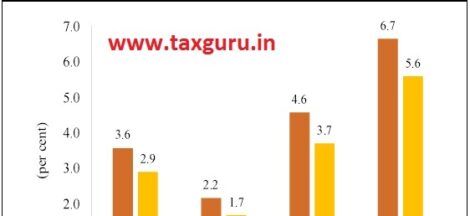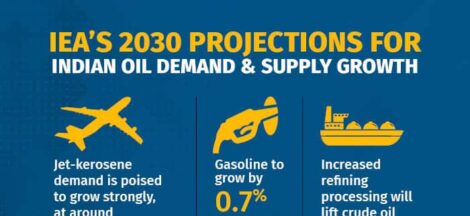NEW DELHI: States in India would now be ranked on an annual basis on their labour-friendliness too, not just on how successful they are on creating conducive atmosphere for businesses to grow, and various social parameters.
The Union labour ministry is likely to introduce a “Labour Welfare and Employment Index” (LWEI) from the next financial year, in an attempt to enhance labour welfare and employment opportunities, according to an official source.
The LWEI would rank all the states and union territories on a range of parameters, including the extent of social security coverage for workers, productivity levels of labourers, wages, uniformity in implementation of labour laws and employment policies.
“The ministry is working with NITI Aayog, National Council of Applied Economic Research (NCAER) and other stakeholders to develop the index,” the official said. “The LWEI will also help create a level playing field for businesses across the country, by ensuring consistency and uniformity in laws,” the person added.
Globally, the “Labour Rights Index” (LRI) is a comparative tool and an international qualification standard which allows users to compare labour legislation around the world, encompassing markets in 145 countries.
The LRI, developed by WageIndicator Foundation, assigns scores to countries on a scale of 0-100, across 10 indicators, with 100 being the highest possible score. The indicators are: fair wages, decent working hours, employment security, safe work, fair treatment, child & forced labour etc. India’s score in 2024 was 65. Hungary and Greece had the highest score of 96, while the US’ score was 63.5, and China’s was 73.5.
Manmeet Kaur, partner at Karanjawala & Co said that the proposed LWEI would foster healthy competition among states to create labour-friendly and business-friendly environments thereby enhancing the ease of doing business.
Vaibhav Bhardwaj, partner at Khaitan & Co said that the present variations in local laws have often undermined employers’ efforts to treat all employees working across India equally, as they are required to curate employment-related benefits on a state-specific basis and also undertake varied compliances. “The LWEI will potentially ensure more uniform labour laws across India,” he added.
The Narendra Modi government in 2019-2020 consolidated 44 labour laws into the four codes with the objective of reinforcing trade and investment, facilitating ease of doing business and easing compliance. Several minor offences were decriminalised via the codes, while skill development and dispute resolution have been accorded due priority.
The four codes are: Code on Social Security 2020; Occupational Safety, Health and Working Conditions Code 2020; Industrial Relations Code 2020; and Code on Wages 2019. Although the government has not yet announced any date for notifying the labour codes, it aims to do so by next year.
FE had reported last week that 25 out of the country’s 28 states, and all eight union territories have finalised their draft rules under these four codes. According to sources, the remaining three states, including West Bengal, which had earlier raised several concerns over the codes, have agreed to frame the subordinate legislation, to give effect to the codes.
Currently, states are ranked by the Central agencies including the department of department for promotion of industry and trade and the Niti Aayog on the basis of various performance yardsticks which include environment for start-ups, sustainable development goals, as well as on healthcare and education.
Source: The Financial Express




 No Recharge For MTNL; To Be Shut Down After Rs 32,000-Crore Dues Cleared
No Recharge For MTNL; To Be Shut Down After Rs 32,000-Crore Dues Cleared 